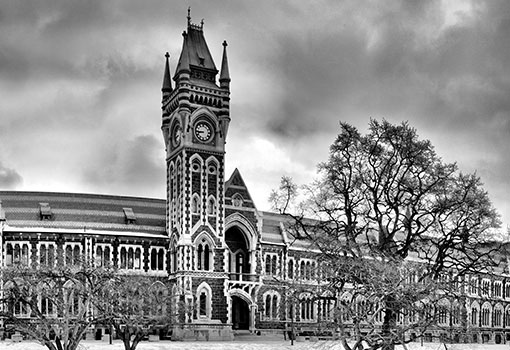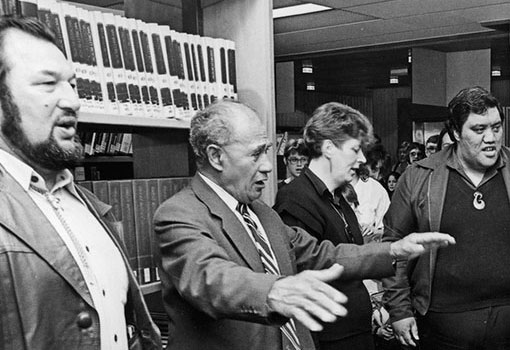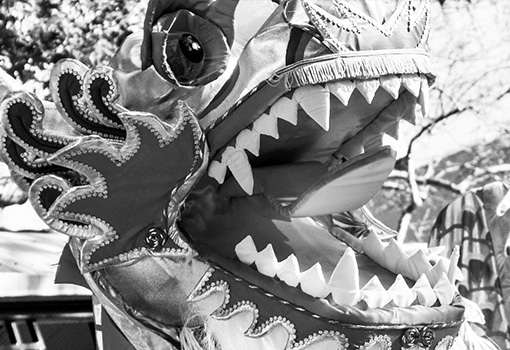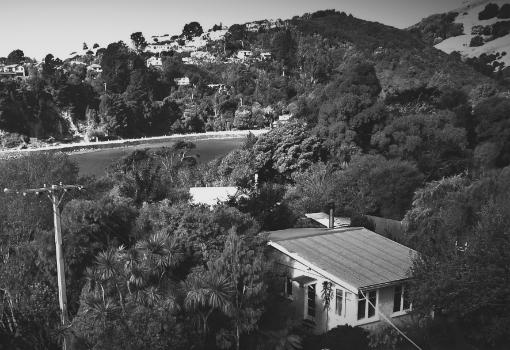Art seen: Marilynn Webb
By ODT | Posted:
The Dunedin Public Art Gallery is celebrating the life of Bay of Plenty-born Otago artist Marilynn Webb with a comprehensive retrospective filling the entire first floor of the gallery.
Read Original Article with Images: Art seen: Marilynn Webb | Otago Daily Times Online News (odt.co.nz)
The epic voyage through the artist’s work is divided into sections covering the artist’s early work, her environmentalism and the landscapes of the hills and rivers of the South where she spent most of her working life.
The collection is augmented by displays of notebooks, letters, preliminary studies, and printing plates. It is also extensively annotated, as always with the DPAG — something which the gallery should take pride in — and embellished by a couple of poems (from the artist’s friends Hone Tuwhare and Cilla McQueen) which reflect on the art. The whole display is topped by a final space in which visitors can free their minds, get in touch with the land, and, if they wish, create their own art based on the exhibition.
Webb’s early displayed work is predominantly linocut printing, though her first works were in paint. Her beloved hills are presented as a series of ridge lines and gentle shading in warm sepia-black against a clear background. The shading technique, discovered accidentally, involves graduated cuts into the linoleum, the style being completed by leaving some raised areas clean of ink so that the sky is often presented as clear ripples of cloud.
After gaining the 1974 Frances Hodgkins Fellowship to study at Otago, Webb moved her home permanently to the South, renewing friendships with fellow northern artists, notably Ralph Hotere. Webb’s style became freer and looser, notably in her hand-coloured Tussock linocuts. Her art was also taking on a more openly political edge as New Zealand moved into a decade of important environmental concerns, from "think big" to Pacific nuclear testing. Webb had found her turangawaewae, and she wanted to be sure that it would remain standing. Webb’s Protection Work and Pacific Countdown series drew on both Webb’s Māori and Celtic whakapapa, mixing black, white, and red with runic and ogham script. In several of the works there is cross-influence from the work that Hotere and other artists were pursuing, perhaps most clearly in Protection Work: Spring Garden and Protection Work: Fire.
The third section of the exhibition focuses on the artist’s connection with locale. Lake Mahinerangi is the focus of many of these pieces, with diverse representations of the sky, land, and lake taken from throughout the artist’s career. The second half of this display deals with the Maniototo’s growing resonance with the artist, in a series of pastel works from the late 1980s. A strong feeling of history emerges from these pieces, a linking of the land with its inhabitants which stretches across generations.
A powerful pastel image of hills around St Bathans from 1988 points the way to a style which was to become a major part of the artist’s later work. Hills, depicted as series of cascading lines, tumble down to the plain below. These forms, augmented by soft hand-worked pastel, reach a zenith with several Fiordland images from late 1990s. A softer, yet equally impressive, approach was taken to the land and water in her Mataura Valley works from the same era.
The years either side of 2000 saw two further major series. In one, sense of place and meaning of place name combine to create works displaying landscape, detail and semi-abstract circular representation arranged in horizontal panels across the work. These striking pieces which also saw the addition of metallic inks, are memorable and easily recognisable as Webb’s work. The second series, an elegy and eulogy for the dammed Waitaki River, saw a culmination of the artist’s previous work, with the river braids turning into circular representation and from there into taniwha, the mauri of the river coming to life in the gallery space.
This exhibition is a loving, must-see celebration of the life of one of this region’s most important artists.



